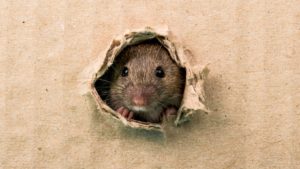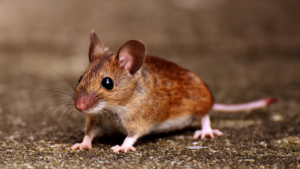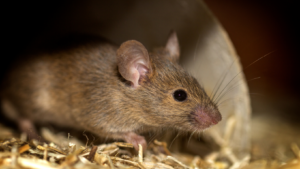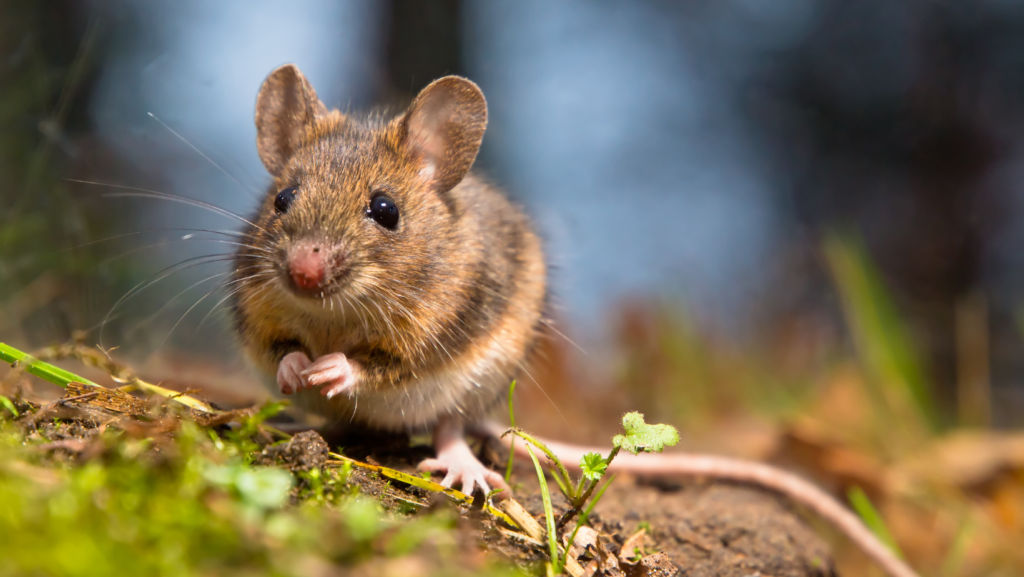In the vast tapestry of Earth’s biodiversity, mice occupy a unique and often overlooked niche. These small, nimble creatures are more than just subjects of children’s tales and cartoons; they play a crucial role in ecosystems worldwide. Whether scurrying through fields or nesting in urban corners, mice contribute to the delicate balance of nature by serving as both prey and seed dispersers. Understanding their importance can be likened to unraveling uninvolved parenting, as both require an exploration of the underlying factors and dynamics that influence behavior and relationships within their respective virtual collaboration environments.
Mice are remarkable for their adaptability. They thrive in a variety of environments, from dense forests to bustling cities, showcasing their resilience and resourcefulness. Their presence in such diverse habitats highlights their importance in the food chain, supporting predators and helping control insect populations. Quality parenting classes can similarly enhance the adaptability of parents, providing them with the skills to navigate the challenges of raising children in a complex world.
Beyond their ecological significance, mice have also been pivotal in scientific research. Their genetic similarities to humans make them invaluable in medical studies, advancing our understanding of genetics and disease. In exploring the world of mice, one uncovers a fascinating intersection of nature, science, and survival.
Animal:Yzozt5bfcfa= Mouse

The Yzozt5bfcfa mouse represents a unique subset within the rodentia family. Its distinct genetic markers set it apart in scientific studies. Researchers value this specific mouse for its rapid breeding cycle and genetic adaptability. These traits make it an excellent model for genetic experiments and medical testing.
In ecosystems, the Yzozt5bfcfa mouse demonstrates notable foraging behaviors. Its diet primarily consists of seeds and insects, which contributes to seed dispersal and pest control. These behaviors emphasize its ecological importance, supporting the biodiversity of its habitat.
Habitat And Distribution

Mice, including the Yzozt5bfcfa subset, inhabit diverse environments, showcasing their adaptability. These rodents contribute significantly to ecosystems through their varied habitation.
The Yzozt5bfcfa mouse thrives in multiple habitats, from temperate forests to grasslands. Its ability to adapt to different climates enables its survival in such varied regions. Dense foliage and abundant food sources like seeds and insects support its foraging activities. These mice build nests using plant material, offering protection from predators and harsh weather. Water availability also plays a role in determining their preferred environments, as they require hydration for optimal health.
Current Geographic Range
The geographic range of the Yzozt5bfcfa mouse spans several continents, reflecting its broad adaptability. These mice are predominantly found in North America and parts of Europe. Their presence in both rural and urban areas highlights their ability to navigate human-altered landscapes. Geographic spread is mainly influenced by available food and shelter, allowing them to colonize new areas rapidly. Conservation efforts sometimes impact their distribution, ensuring balance within native ecosystems.
Physical Characteristics
The Yzozt5bfcfa mouse exhibits distinct physical traits that contribute to its ecological role and adaptability across various environments.
Size And Appearance
Adult Yzozt5bfcfa mice generally measure between 7 to 9 centimeters in body length, excluding the tail. Their fur ranges from a light gray to brown, providing camouflage in natural habitats. They have large ears and eyes, enhancing their sensory perception. The tail is typically as long as the body, assisting in balance and agile movement.
Unique Features
The Yzozt5bfcfa mouse possesses acute senses of hearing and smell, crucial for detecting predators and finding food. Its whiskers, or vibrissae, provide tactile feedback, aiding navigation through dark environments. Additionally, its sharp incisors grow continuously, allowing it to gnaw and access various food sources. These characteristics support its survival in diverse ecosystems.
Behavior And Diet

Yzozt5bfcfa mice primarily consume seeds and insects, essential for their roles in seed dispersal and pest regulation. With their keen sense of smell, they locate food even in challenging environments. These mice also display opportunistic eating behaviors, enabling them to thrive in diverse habitats by adapting their diet according to availability. Their ability to forage at night minimizes predation risks while extending their feeding hours.
Yzozt5bfcfa mice display social structures that enhance survival chances in their natural habitat. They often form small groups or colonies, which provide protection and increase foraging efficiency. Within these groups, mice communicate through vocalizations and scent markings, which help in territory establishment and mate attraction. Although generally social, their group dynamics allow for flexibility to adapt to environmental pressures, showcasing their resilient nature.

